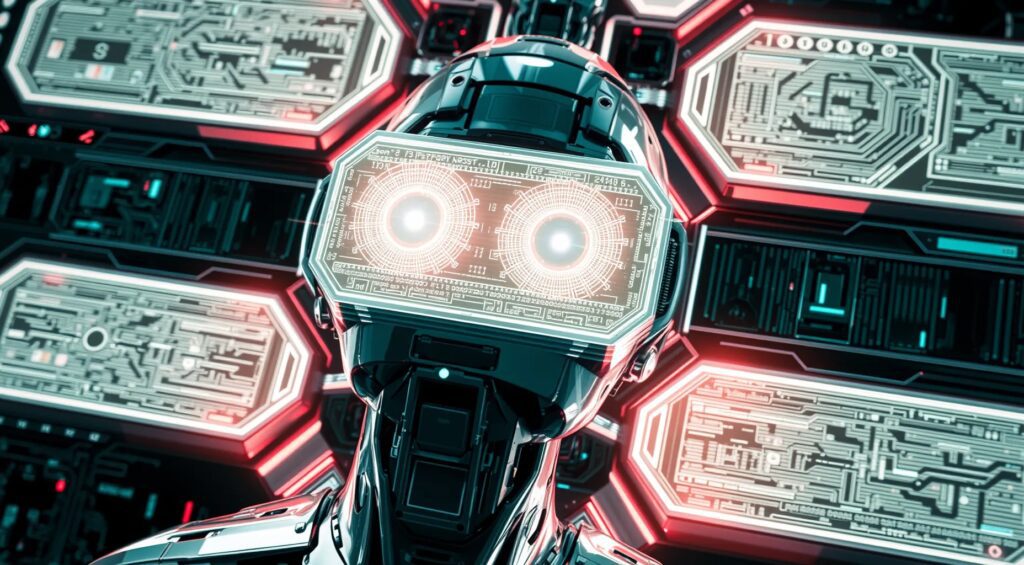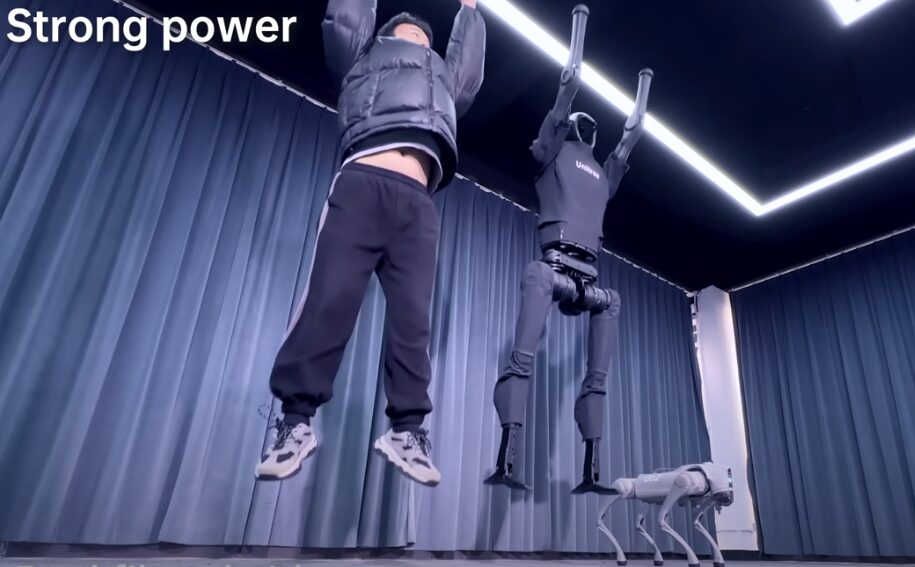
In a remarkable breakthrough, Google’s DeepMind has developed an AI-powered robot capable of competing in table tennis at a level comparable to amateur human players. This isn’t just a technological novelty—it’s a significant leap in robotics, where mastering both physical precision and strategic thinking in real-time has long been a formidable challenge.
The Complexity of Table Tennis
Table tennis is often underestimated as a simple game, but it’s a sport that demands exceptional hand-eye coordination, quick reflexes, and strategic decision-making. The speed at which the ball moves, coupled with the variety of spins and angles, requires players to make rapid calculations and adjustments. For a robot, these challenges are magnified. It must not only react instantaneously but also anticipate the opponent’s next move—a feat that involves both physical precision and cognitive strategy.
The Robotic System: A Technical Marvel
At the heart of this innovation is the robot’s hardware—a highly advanced ABB IRB 1100 industrial arm. This arm is mounted on dual linear tracks, providing the robot with the mobility and flexibility needed to cover the entire table with ease.
Dual Control Systems:
- Low-Level Control: This system manages the robot’s basic actions, such as executing forehands, backhands, and maintaining consistent rallies. It’s the foundation that allows the robot to perform the necessary physical movements.
- High-Level Control: This is where the robot’s “thinking” happens. The high-level control system analyzes the opponent’s moves, decides on the best strategy, and directs the robot on how to respond. This involves real-time decision-making, adjusting the robot’s play style depending on the opponent’s tactics.
The AI Learning Process: From Simulation to Reality
The process of teaching the robot to play table tennis involved a combination of reinforcement learning and a zero-shot transfer technique.
Reinforcement Learning:
- The robot was initially trained in a highly detailed simulated environment where it could play thousands of matches at high speed. In this virtual setting, the robot learned the mechanics of table tennis, including how to handle different ball trajectories and spins.
Zero-Shot Transfer:
- Once trained in the simulation, the robot was able to apply its knowledge directly to real-world scenarios without requiring any physical training. This “zero-shot” approach is a major advancement because it significantly reduces the time and resources needed to train robots for practical applications. The robot could seamlessly transition from virtual matches to playing against human opponents in the real world, showcasing the robustness of the AI system.
Testing the Robot: Competing Against Humans
To evaluate the robot’s performance, DeepMind conducted a series of 29 matches against human players with varying levels of skill. The robot’s 45% win rate is a testament to its advanced capabilities.
Performance Highlights:
- Against Beginners and Intermediates: The robot excelled, using its precise control and strategic decision-making to outplay less experienced opponents. Its ability to consistently return the ball and place it in challenging spots gave it a clear advantage.
- Challenges with Advanced Players: While the robot performed well, it struggled against players with more experience, particularly when faced with high-speed balls and complex spins. Advanced human players could exploit these weaknesses, demonstrating that while the robot is impressive, there is still room for improvement.
Strategic Adaptation and Real-Time Learning
One of the most exciting aspects of this project is the robot’s ability to adapt in real-time. As it plays more matches, it gathers data and refines its strategies, much like a human player would. This dynamic learning process is crucial for the robot’s ongoing development and its ability to handle increasingly complex scenarios.
Broader Implications for Robotics
The success of this table tennis-playing robot goes beyond the sport itself. The underlying technology has the potential to revolutionize other areas where robots are required to perform tasks that involve precision, adaptability, and strategic decision-making.
Potential Applications:
- Industrial Automation: Robots with similar capabilities could be employed in manufacturing settings, where they could perform intricate tasks that require both dexterity and the ability to adapt to changing conditions.
- Healthcare: In surgery, for instance, robots could assist by performing precise movements that require constant adjustment based on the patient’s condition.
- Service Industries: Robots could be deployed in customer-facing roles, where they need to interact with humans and make decisions based on real-time feedback.
The Future of AI in Physical Tasks
The project also highlights the evolving relationship between AI and physical tasks. Traditionally, AI has excelled in areas like data analysis, pattern recognition, and decision-making. However, integrating AI into robotics, where it must control physical actions in a dynamic environment, is a much more complex challenge. The success of this table tennis robot suggests that we are on the cusp of seeing AI take on a broader range of physical tasks—not just in controlled environments, but in the real world, where unpredictability is the norm.
Conclusion
Google’s DeepMind has achieved a significant milestone in robotics with its AI-powered table tennis robot. The blend of sophisticated hardware, advanced AI learning techniques, and real-time adaptability represents a new frontier in the development of autonomous robotic systems. While there are still challenges to overcome, especially against advanced human players, the implications of this technology are vast. From industrial automation to healthcare and beyond, this breakthrough is paving the way for a future where robots can perform complex tasks alongside humans.
For further insights into the intersection of AI and robotics, explore our recommended articles here.





